From October 25 to 29, the 15th Asia-Pacific Symposium on Engineering Plasticity and its Applications was held in Chengdu, Sichuan Province. It was hosted by Southwest Jiaotong University in collaboration with Tsinghua University and co-organized by the Plasticity Group of the Solid Mechanics Committee of the Chinese Society of Theoretical and Applied Mechanics and the Sichuan Society of Theoretical and Applied Mechanics. Prof. Kang Guozheng, Vice President of SWJTU, and Prof. Liu Yinghua from Tsinghua University acted as the co-chairs of the symposium.
Among over 200 participants of the conference were experts from Japan, South Korea, the UK, Australia and Germany and leading scholars and graduate students in the field of plasticity mechanics from China. Notable figures included Prof. Wei Yueguang, Academician of the Chinese Academy of Sciences, Prof. Zhang Liangchi, Fellow of the Australian Academy of Technological Sciences & Engineering, Prof. Esteban Pedro Busso, Fellow of the Royal Academy of Engineering, and Prof. Holm Altenbach, Foreign Member of the Russian Academy of Sciences.

The symposium witnessed a series of presentations from eight prominent experts including Academician Wei Yueguang from Peking University, researcher Dai Lanhong from the Institute of Mechanics at the Chinese Academy of Sciences, Prof. Dai Okumura from Nagoya University, Japan, Prof. Jeong Whan Yoon from Korea Academy of Science and Technology and Deakin University, Australia, Prof. Guoxing Lu from Swinburne University of Technology, Australia, Prof. Holm Altenbach at the Otto von Guericke University of Magdeburg, Germany, Prof. Esteban Pedro Busso from Harbin Institute of Technology, Shenzhen, and Imperial College London, UK, Prof. Kang Guozheng of SWJTU. These experts in various subfields of plasticity mechanics shared their insights during the event.
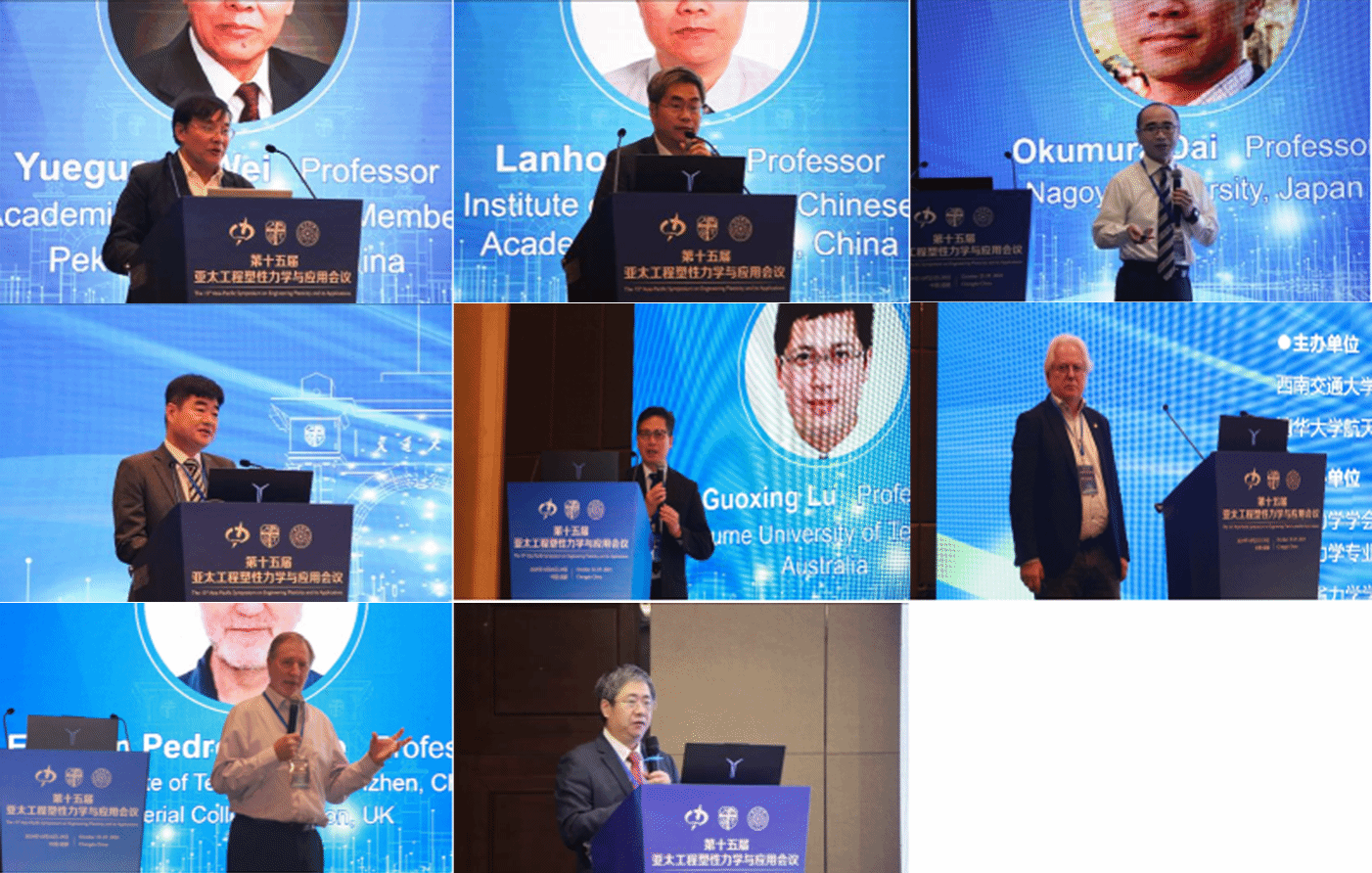
The symposium consists of 17 special sessions and 130 oral presentations encompassing 8 keynote speeches and 45 special reports, focusing on four major themes: plasticity constitutive relations; plastic fatigue, fracture, creep and damage; multiscale and cross-scale plasticity; structural plasticity; plastic dynamics, and engineering plasticity. Throughout the event, experts shared their latest research results, experiences, and insights through presentations, panel discussions, and interactive dialogues. These exchanges contributed valuable perspectives to the advance of cutting-edge theories and technologies in plasticity mechanics and fostered the interdisciplinary integration of engineering plasticity with related fields.
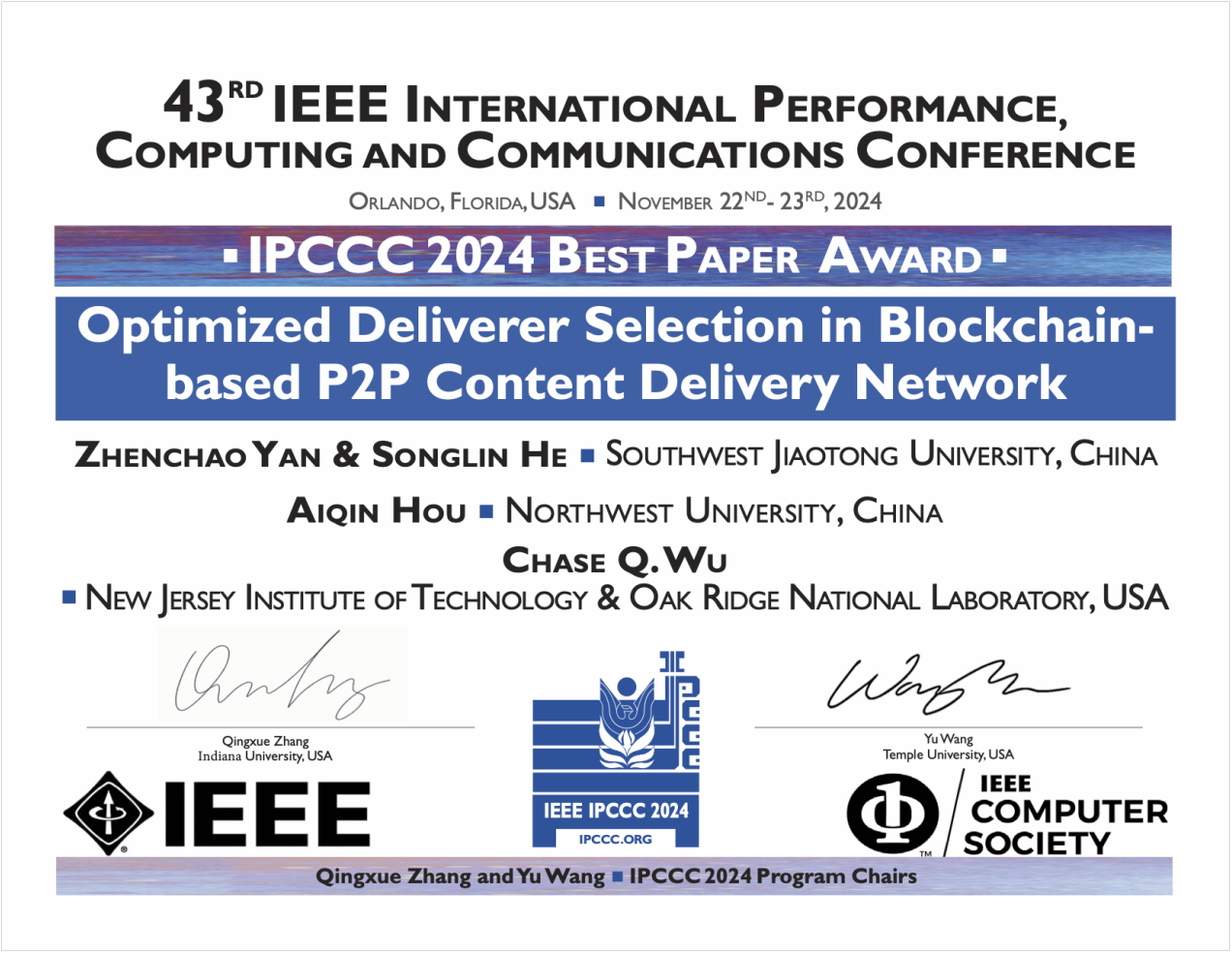 He Songlin Granted the Best Paper Award at IEEE IPCCC 2024
He Songlin Granted the Best Paper Award at IEEE IPCCC 2024
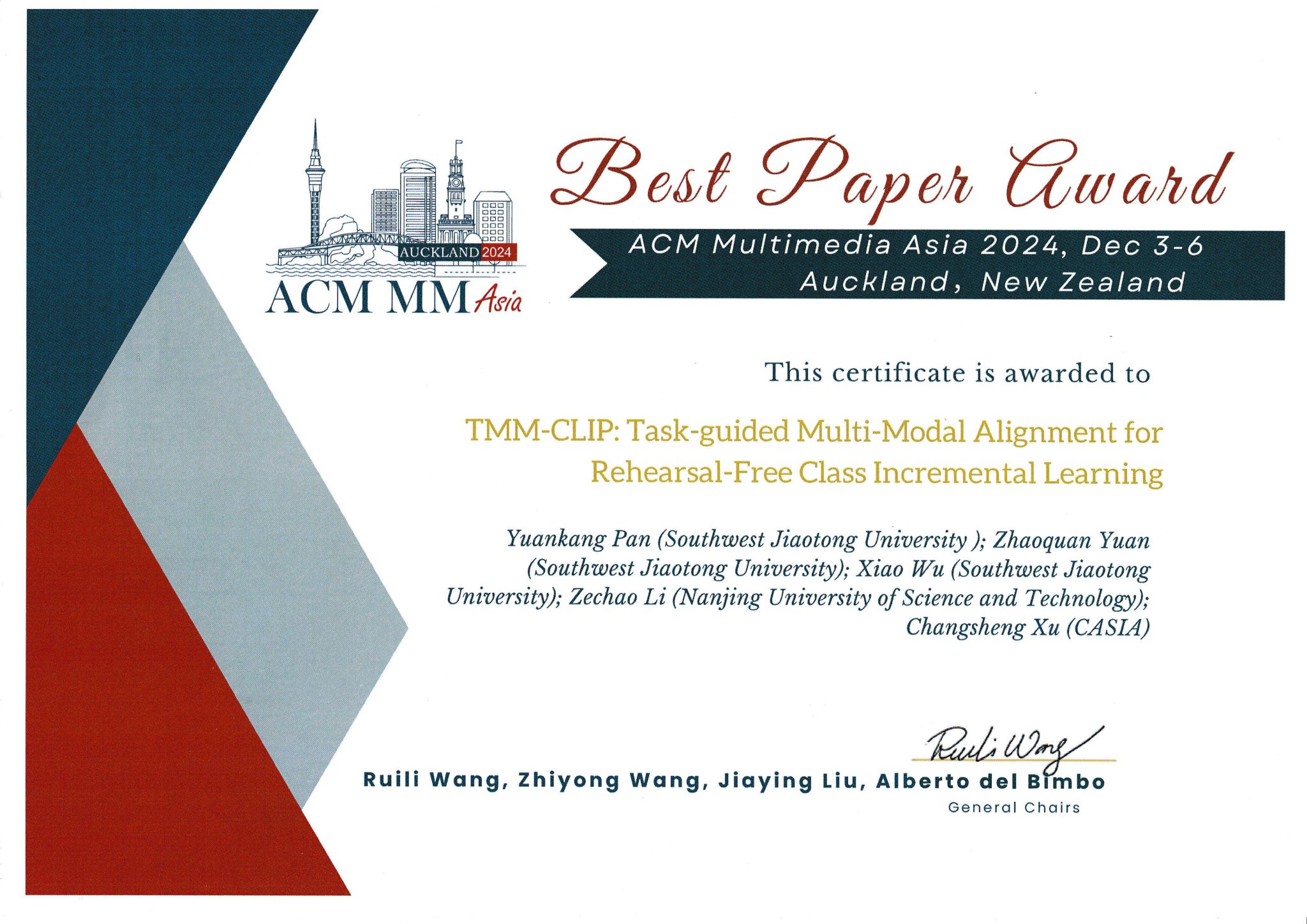 Prof. Wu's Team Bestowed Best Paper Award at ACM Multimedia Asia 2024
Prof. Wu's Team Bestowed Best Paper Award at ACM Multimedia Asia 2024
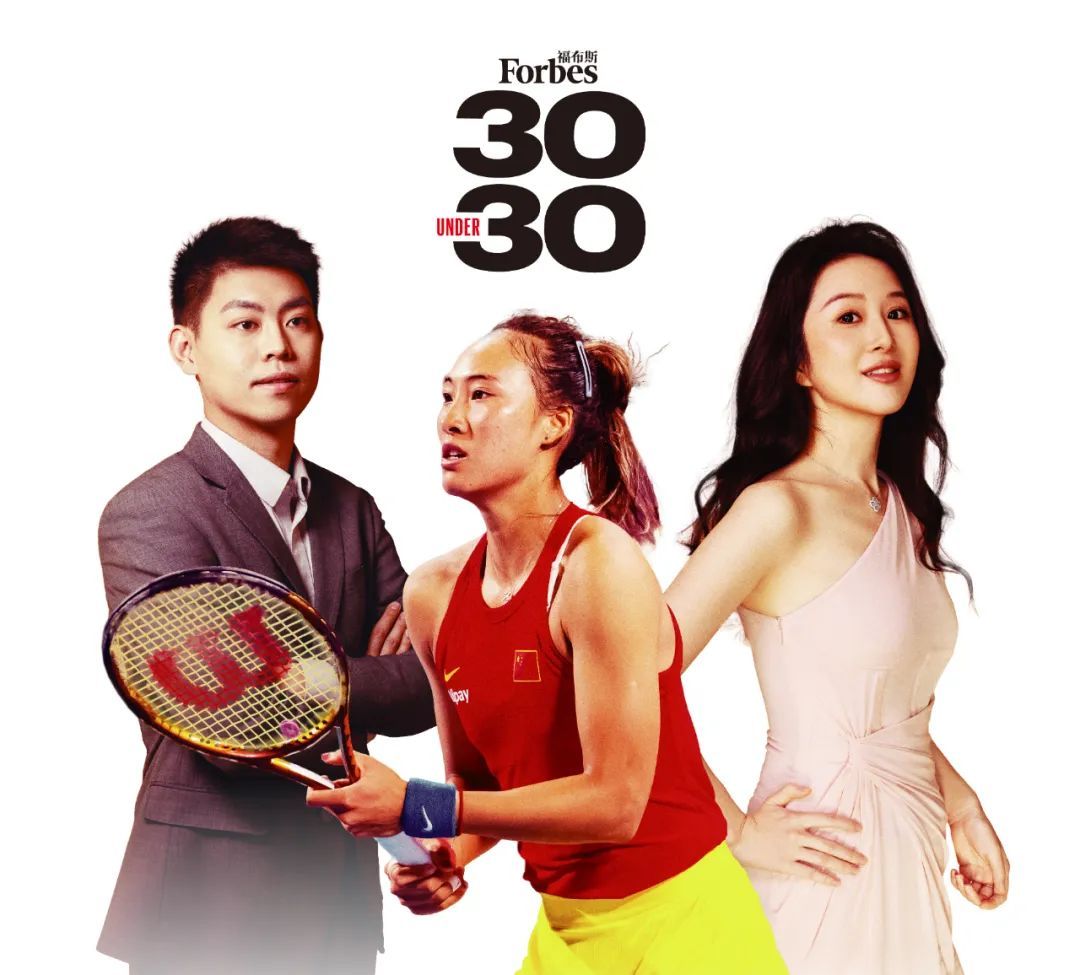 Alumnus Xi Yue Graced the Cover of 2024 Forbes 30 Under 30 China List
Alumnus Xi Yue Graced the Cover of 2024 Forbes 30 Under 30 China List
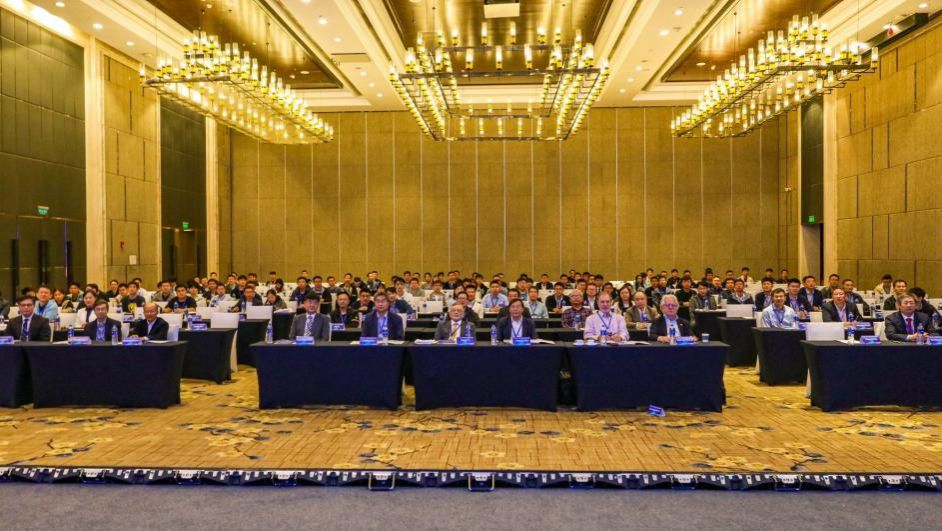 The 15th Asia-Pacific Symposium on Engineering Plasticity and its Applications
The 15th Asia-Pacific Symposium on Engineering Plasticity and its Applications
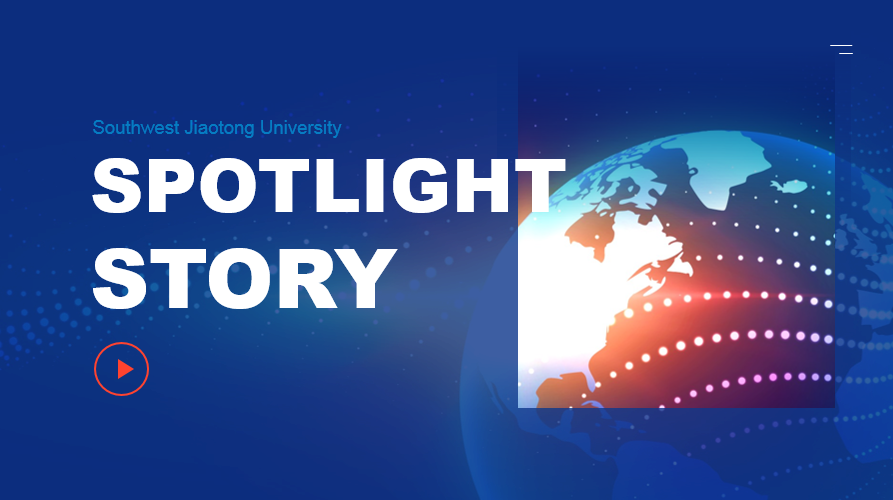 General Education Course on “Frontiers in AI Applications: Methods, Thinking, and Ethics”
General Education Course on “Frontiers in AI Applications: Methods, Thinking, and Ethics”